Urban discoveries in Tel Aviv
Published on
One professor introduced me to his architect friend, and I had the pleasure of joining his tour around the deserted, but very interesting areas of Tel Aviv. I hope his project will succeed and the areas will be preserved for community/cultural purposes. We started in Yafo, with an old Muslim cemetery. There are two Muslim cemeteries in Tel Aviv.
One of them, in Shapira, apparently has a bad reputation, because it is used by Arabs who cooperated with the Israeli regime from the start. This one is where the residents of Yafo bury their dead. Several years ago the leader of the religious establishment for handling property (waqf) sold the land to Israeli authorities against the will of the people. The area would have been 'developed'. An interesting coincidence - on the way there we passed by a road which was elevated, since there was a Jewish cemetery underneath.
The leader of the establishment, who sold the land, was assassinated the next day, and, according to the architect, it was decided two years ago that the cemetery is to stay.
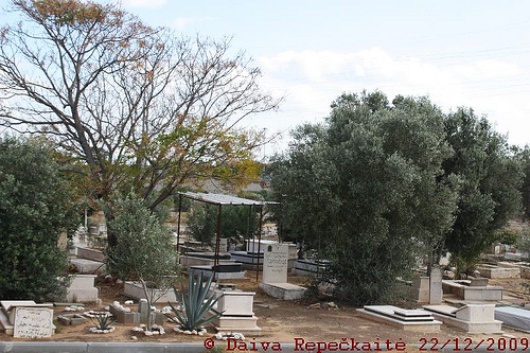 The cemetery didn't function in vacuum. It was surrounded by orchards, storehouses, wells and pools, built in the 19 c.
The cemetery didn't function in vacuum. It was surrounded by orchards, storehouses, wells and pools, built in the 19 c.
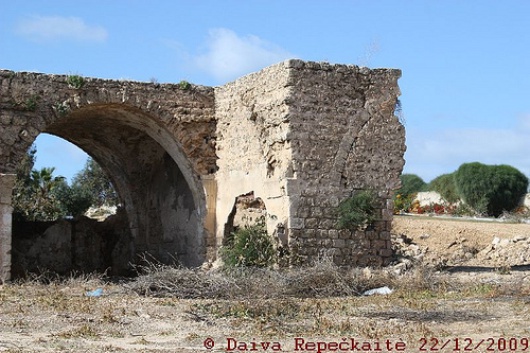 The water from these pools and wells was used in agriculture.
The water from these pools and wells was used in agriculture.
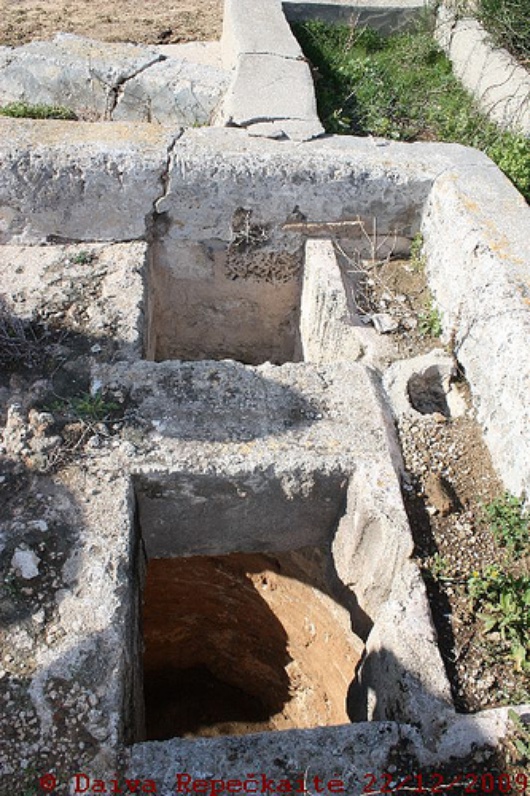 Then we proceeded to HaTikva neighborhood. This building has very interesting stained glass windows, it was a residential house, maybe from the British mandate?
Then we proceeded to HaTikva neighborhood. This building has very interesting stained glass windows, it was a residential house, maybe from the British mandate?
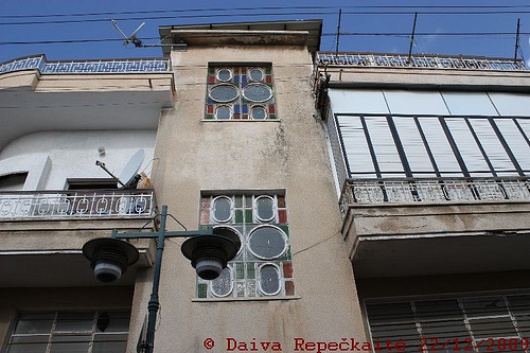 The former siphon factory exists no more in the dreams of its current owners, even though it is an interesting monument of modernism in Israel. According to the architect, it's unique due to its long flat ceilings, unsupported by any columns in the middle. It was suggested to turn the building into a performance hall. Some films, including the famous 'Lebanon', were shot here.
The former siphon factory exists no more in the dreams of its current owners, even though it is an interesting monument of modernism in Israel. According to the architect, it's unique due to its long flat ceilings, unsupported by any columns in the middle. It was suggested to turn the building into a performance hall. Some films, including the famous 'Lebanon', were shot here.
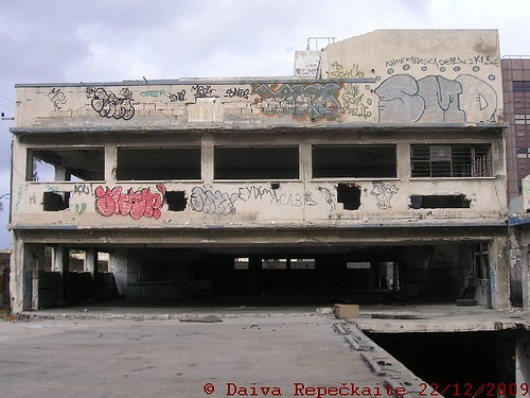 The most exciting part of the trip was a visit to the old petrol tanks that were used for the harbour by the British government. A diver would connect a pump from a ship to the tanks. Now they, a property of the electric company, are abandoned. Their acoustic properties are truly amazing, and it will be a shame if artists won't have a chance to make the best social use of them.
The most exciting part of the trip was a visit to the old petrol tanks that were used for the harbour by the British government. A diver would connect a pump from a ship to the tanks. Now they, a property of the electric company, are abandoned. Their acoustic properties are truly amazing, and it will be a shame if artists won't have a chance to make the best social use of them.
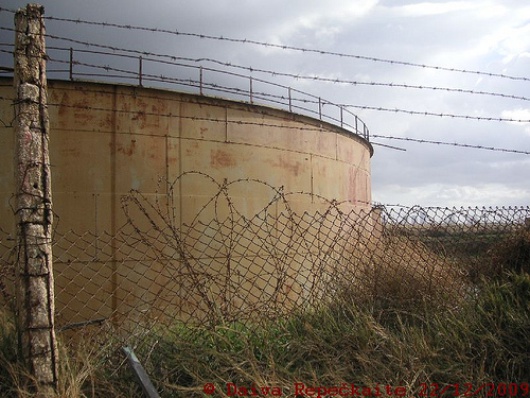 The next spot - old family graves from the 4th c. AD. When they were discovered, the bodies and accompanying things were taken to a museum.
The next spot - old family graves from the 4th c. AD. When they were discovered, the bodies and accompanying things were taken to a museum.
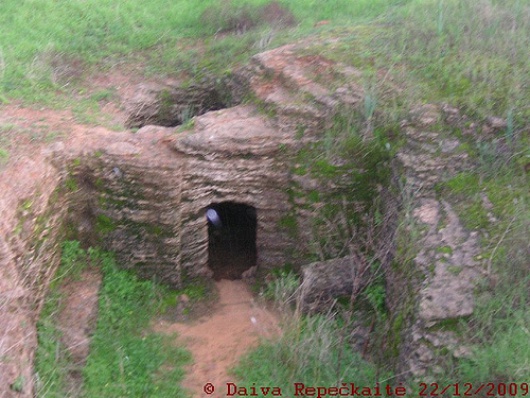 We squatted inside, waiting for the rain to stop.
We squatted inside, waiting for the rain to stop.
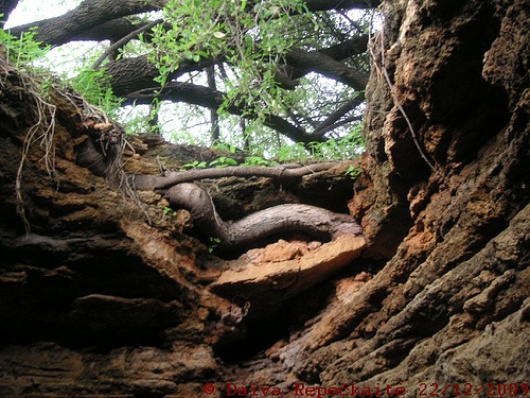 Our trip ended in the North, where Tel Aviv actually has a physical border.
Our trip ended in the North, where Tel Aviv actually has a physical border.
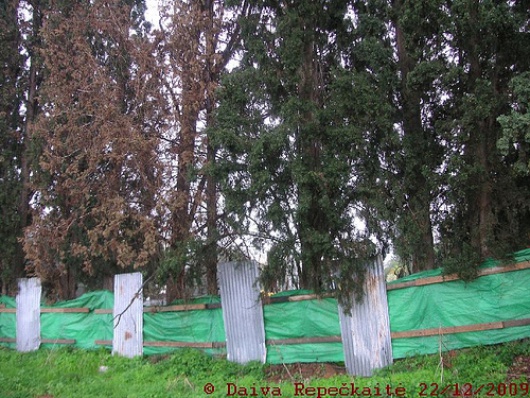 After it, Ramat HaSharon begins.
After it, Ramat HaSharon begins.
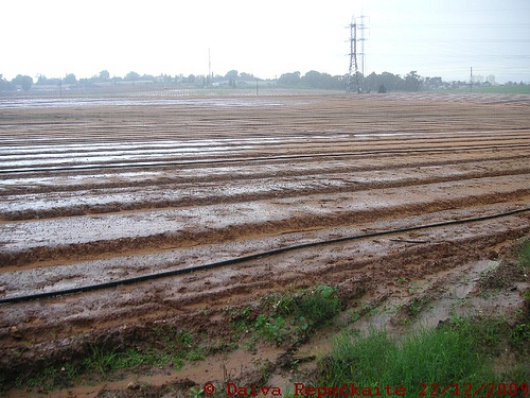 So there are things to see in Tel Aviv ;)
So there are things to see in Tel Aviv ;)



